‘These absurd temporary objects are made in a material that literally will last forever’
Floral arrangements, food and a funereal mood form the basis of American sculptor Genesis Belanger's new show at The Aldrich. As featured in the October 2020 issue of Wallpaper*
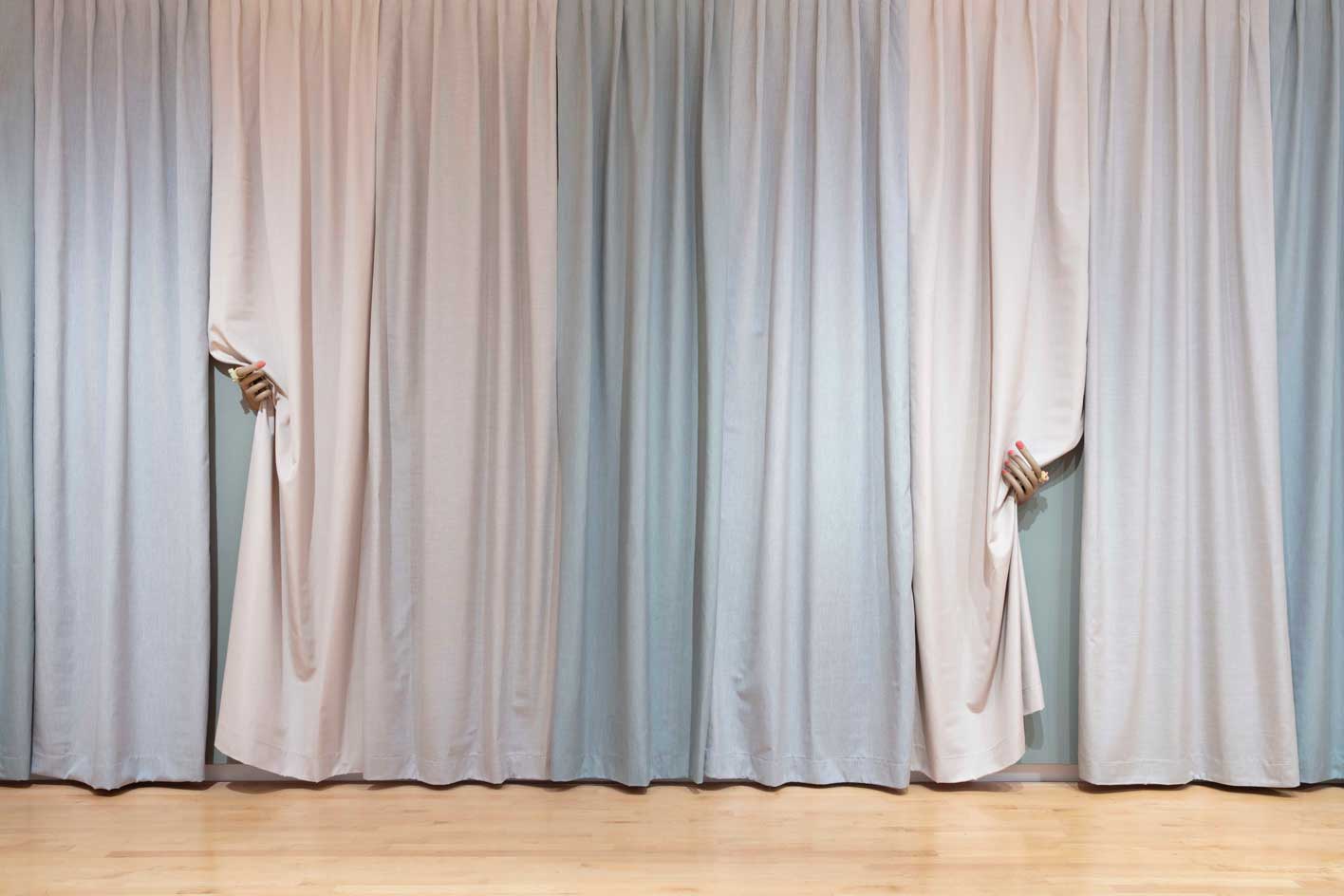
One blustery morning in early February, Genesis Belanger is showing us around her studio, in a 1930s industrial building in Brooklyn. The American sculptor is at a pivotal moment in her career – having mounted an installation for the New Museum’s Storefront Window last year, she is now working on solo exhibitions for The Aldrich Contemporary Art Museum in Ridgefield, CT and the Consortium in Dijon, France. Works in progress dotted throughout the space suggest recent, frenetic activity, yet the atmosphere is also oddly subdued: four moodboard images pinned against a wall show historic interiors with furnishings cloaked in dust sheets; in the space nearby, what appears to be a dining table, chair, ottoman, upright piano and fireplace – custom-made plinths for Belanger’s ceramic works – are similarly shrouded in muted grey fabric.
The funereal mood, which now seems to have presaged the imminent pandemic, reflects Belanger’s fascination with ritual. ‘I was thinking of how any transition, even a positive one, results in a period of grieving, because change is inherently a loss. That brought me to the question: how do we support people in the most extreme circumstances?’
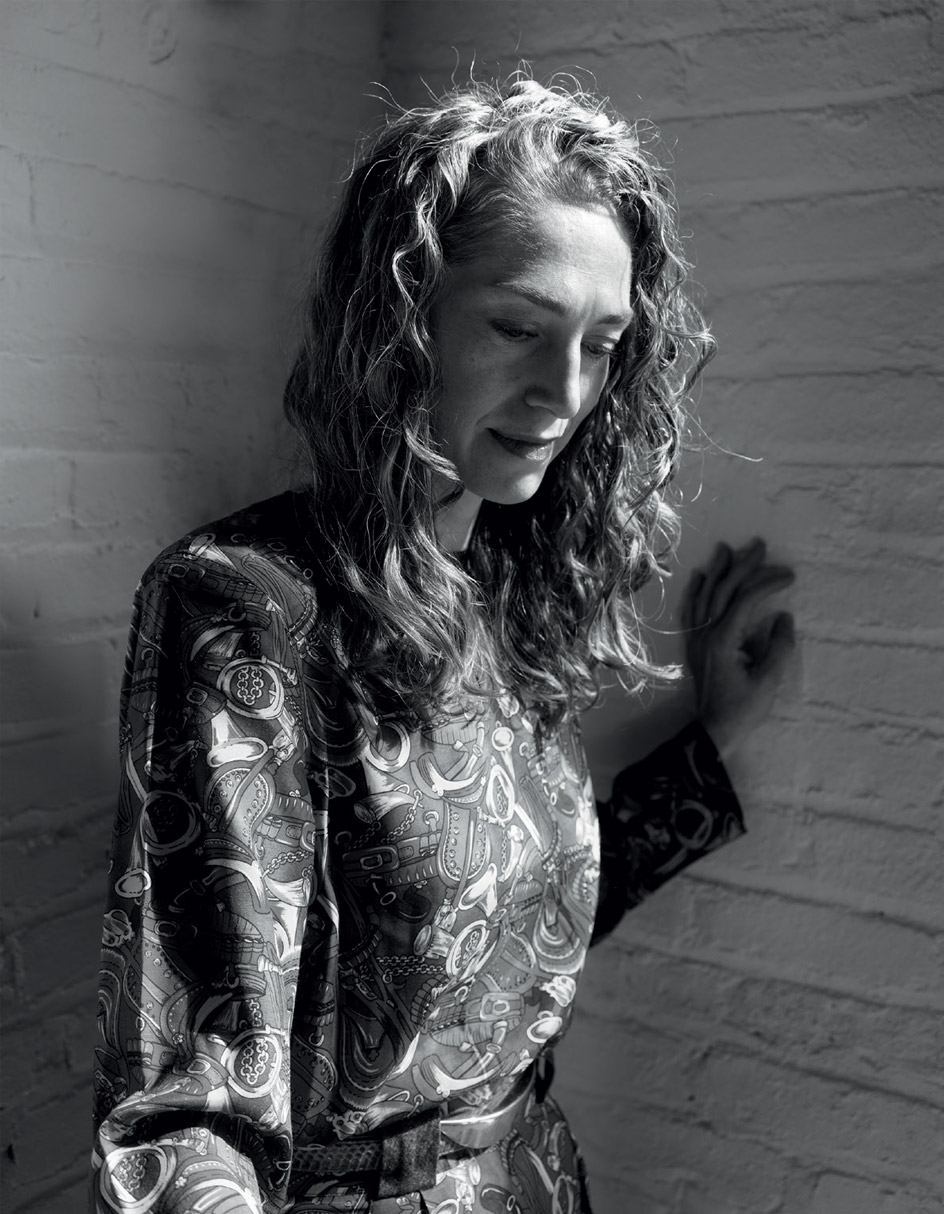
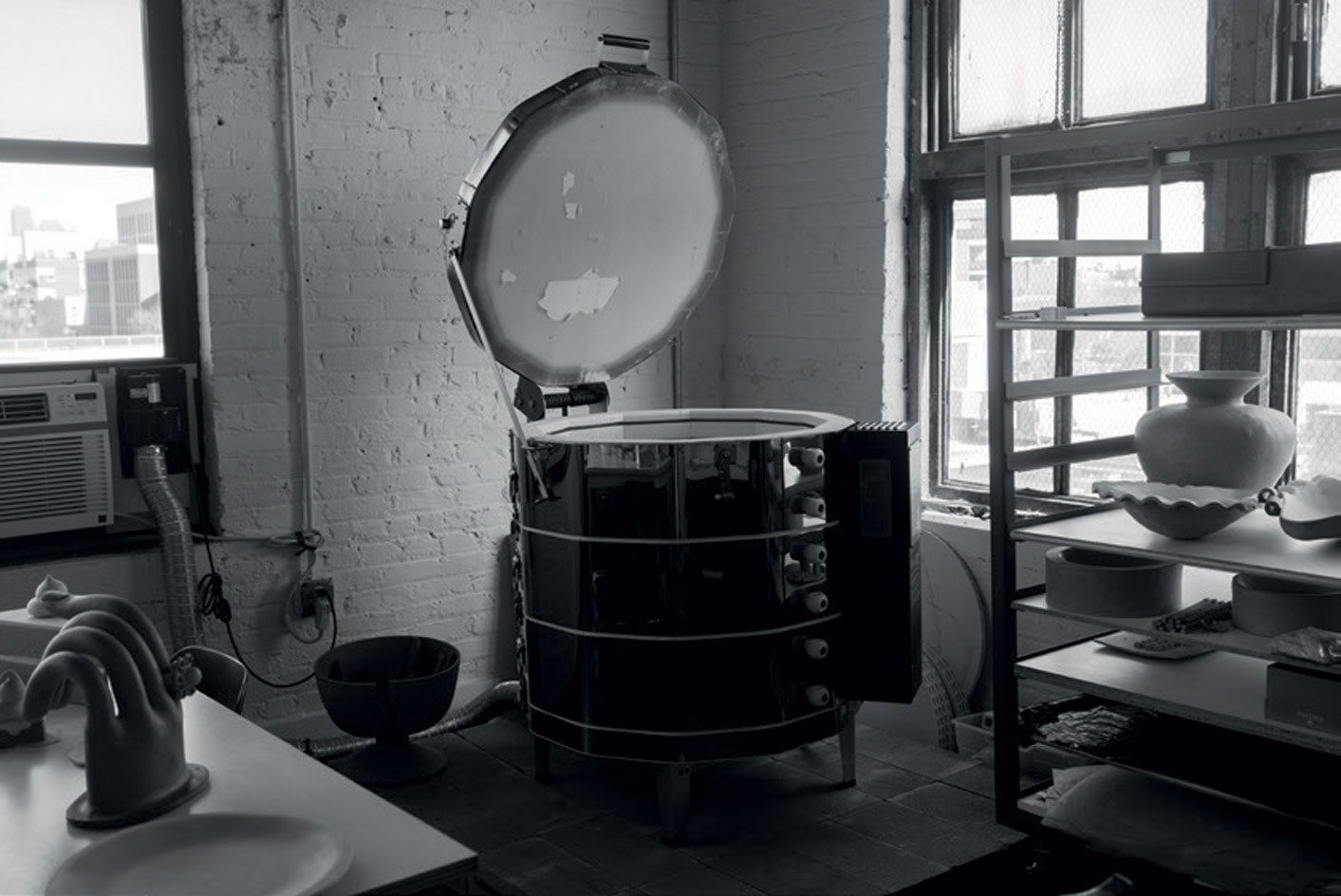
Above: Genesis Belanger in her Greenpoint, Brooklyn studio this March. Below: the Skutt automatic kiln the artist uses to fire all her sculptures.
The answer, Belanger noticed, often comes in the form of bouquets and dishes of food, which are the starting point for her Aldrich show. Among her new sculptures are a meal tray for one, fruit bowls, and neatly configured floral arrangements, in a soothing palette of pastel and neutral tones. Each element is slyly subverted – the fruit looks bitten into, with apples almost reduced to their cores, and in a surrealist touch, beckoning fingers and lips sprout among the flowers. The tableau is completed by an array of outsized pills (a comment on how pharmaceuticals seem to have become part of the American diet, she says), and burnt candles and matches that highlight the passage of time.
Subtly humorous beneath their mundane surface, these objects are typical of Belanger’s artistic output, which has explored such themes as the manipulative tactics of the advertising industry, where she had worked as a prop stylist before her MFA; the objectification of women; and the inner lives of ordinary people (her New Museum show centred on a receptionist’s desk, with an open drawer revealing what one might consume to cope with daily stress). Compared to her earlier work, the Aldrich pieces hit a more sombre note that feels in tune with the times.
‘These absurd temporary objects are made in a material that literally will last forever’
RELATED STORY

Belanger has devoted equal attention to her furniture-shaped plinths: ‘I want them to also participate in this moment when humans almost emotionally recede from their lives,’ she reflects. Their clean, modernist forms often incorporate salvaged bits of midcentury furniture. Supporting the dining table, for instance, are bases from Charles and Ray Eames’ ‘Aluminum Group’ chairs, which have been powder coated to match the tabletop fabric. Belanger is careful to highlight that the use of midcentury American motifs isn’t rooted in nostalgia: ‘It’s the idealised myth that fascinates me, because of the political climate here, with President Trump declaring that he’s going to Make America Great Again. But that’s never going to happen.’ Drawing attention to the human cost of midcentury prosperity, she also gave a set of lounge chairs bronze fingertips for legs: her way of making idealised forms more relatable, and alluding to how ‘certain people are almost utilised like objects’.


Ceramic works in Belanger’s Brooklyn studio, including pastel-hued floral arrangements, candles and bowls of fruit with surreal twists.
The Aldrich exhibition – since postponed to mid-September – will be Belanger’s solo institutional debut, and while the museum is small, it has a strong track record, offering first museum shows to the likes of Olafur Eliasson, Huma Bhabha, Kaws and Mark Dion. Belanger’s prospects look good, even as the new show suggests collective disquiet: the ceramic sculptures and their plinths will constitute one elegiac space, while a separate, smaller corner will be dressed up as ‘a little purgatory’, comprising a push-button phone, a long bench and plants; and a 30ft-long pleated curtain in muted tones will line an entire gallery wall, alluding to ‘what lies beyond’. The show’s title, ‘Through the Eye of a Needle’, refers to the Christian adage that it’s easier for a camel to go through the eye of a needle than for a rich man to enter the kingdom of God. Explains Belanger: ‘We exist in this world, where we’re just trading stuff, and accumulating stuff, but ultimately that is super temporary.’
Would Belanger say the same of her own artworks? ‘These absurd temporary objects are made in a material that literally will last forever,’ comes the reply. ‘Archaeologists of the future can dig up some weird cigarette butt or lipstick, and infuse meaning into it that was never present.’
This article originally appeared in the October 2020 issue of Wallpaper* (W*258)
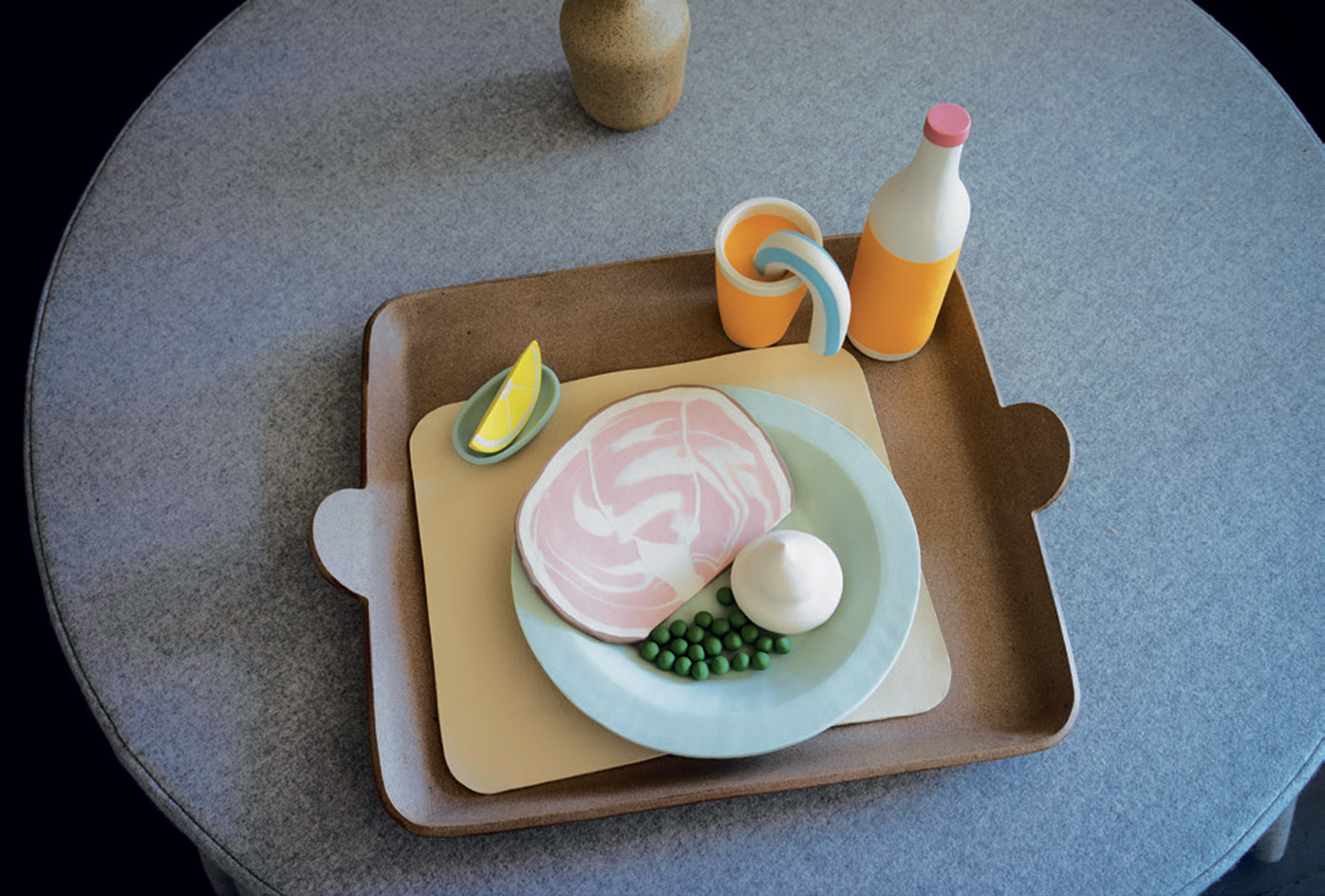
Sculptures and a custom-made plinth for Genesis Belanger’s Aldrich show, comprising a tray of 1950s food that the artist calls ‘so weird and strange, and kind of gross’.
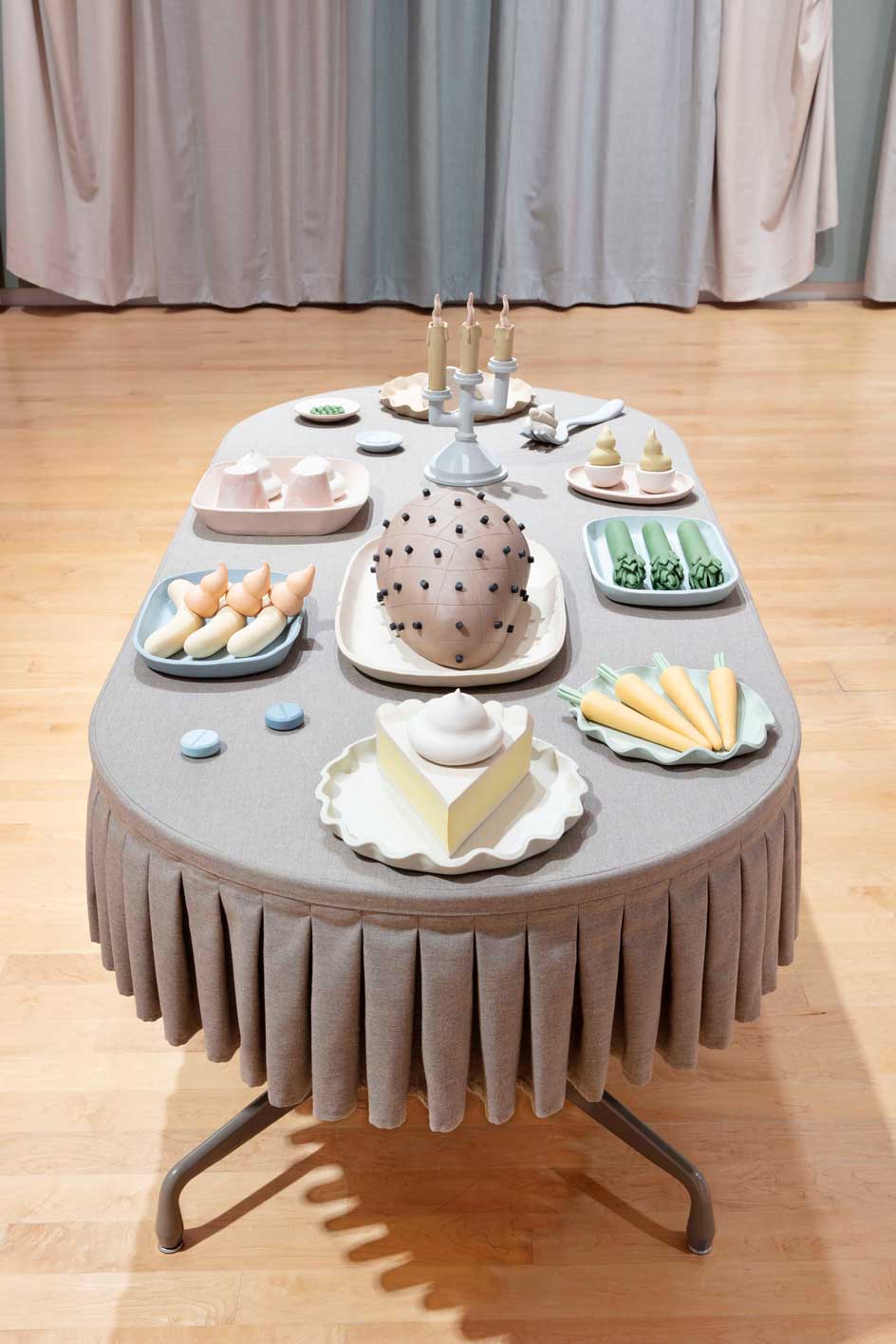
Genesis Belanger, A Fortress of Order and Generosity (foreground, installation view), 2020, The Aldrich Contemporary Art Museum, September 21, 2020 to May 9, 2021, Courtesy of the artist and Perrotin, New York.

Genesis Belanger: 'Through the Eye of a Needle' (installation view), The Aldrich Contemporary Art Museum, September 21, 2020 to May 9, 2021. Courtesy of the artist and Perrotin, New York.
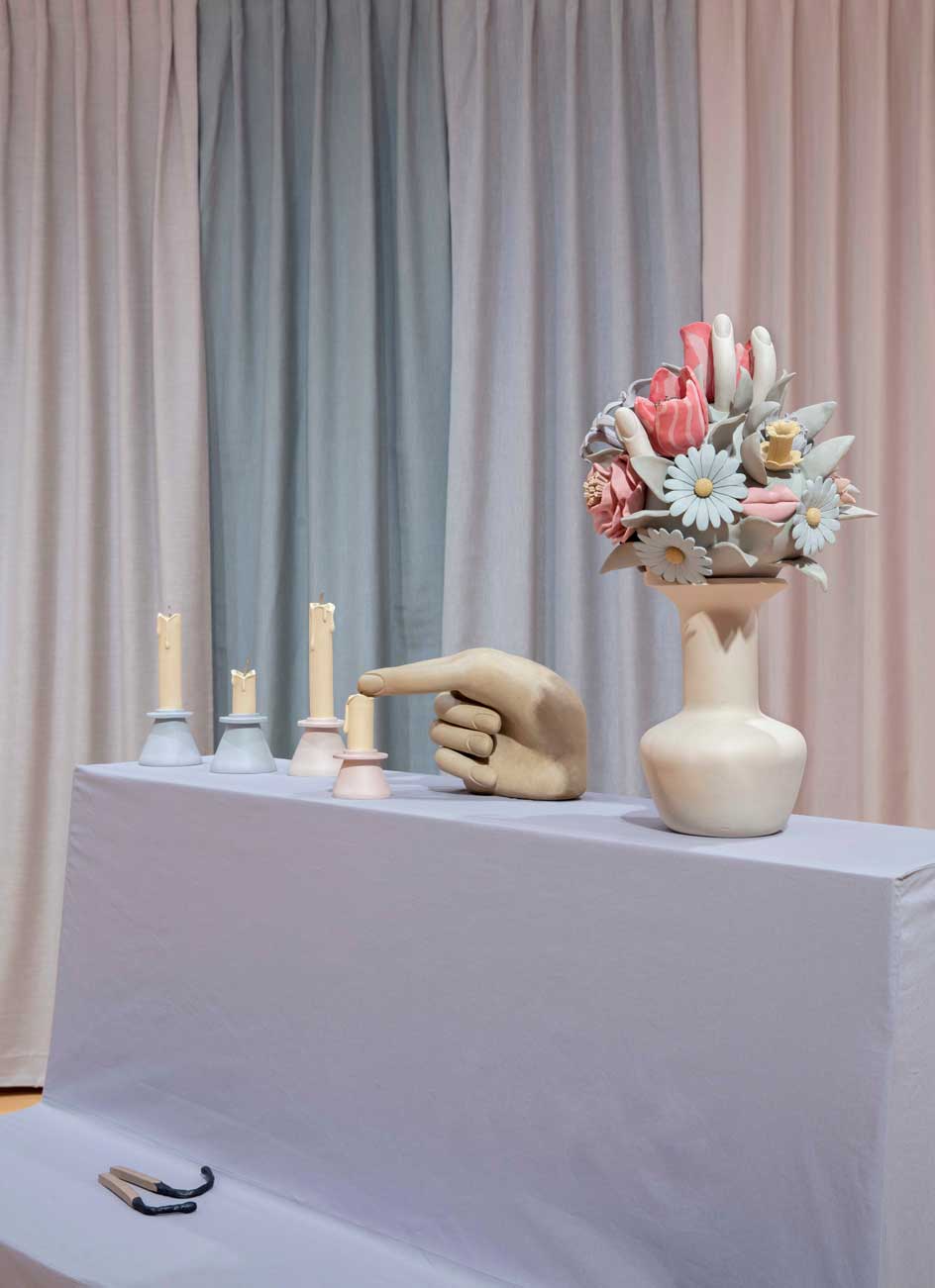
Genesis Belanger: 'Through the Eye of a Needle' (installation view), The Aldrich Contemporary Art Museum, September 21, 2020 to May 9, 2021. Courtesy of the artist and Perrotin, New York.
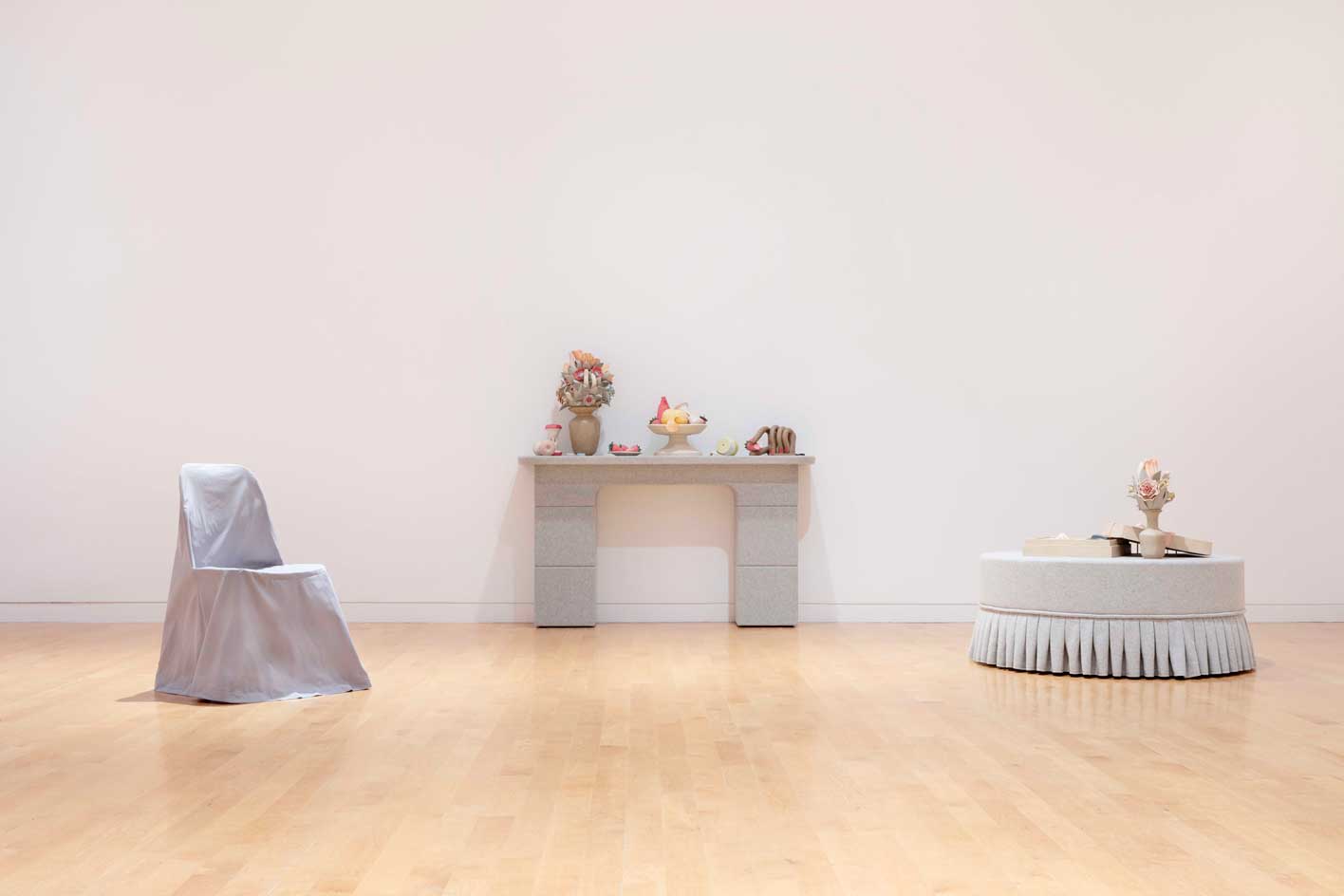
Genesis Belanger: ’Through the Eye of a Needle’ (installation view), The Aldrich Contemporary Art Museum, September 21, 2020 to May 9, 2021. Courtesy of the artist and Perrotin, New York.
INFORMATION
Receive our daily digest of inspiration, escapism and design stories from around the world direct to your inbox.
Genesis Belanger, ‘Through the Eye of a Needle’, until 9 May 2021, The Aldrich Contemporary Art Museum
ADDRESS
258 Main St
Ridgefield
CT 06877
TF Chan is a former editor of Wallpaper* (2020-23), where he was responsible for the monthly print magazine, planning, commissioning, editing and writing long-lead content across all pillars. He also played a leading role in multi-channel editorial franchises, such as Wallpaper’s annual Design Awards, Guest Editor takeovers and Next Generation series. He aims to create world-class, visually-driven content while championing diversity, international representation and social impact. TF joined Wallpaper* as an intern in January 2013, and served as its commissioning editor from 2017-20, winning a 30 under 30 New Talent Award from the Professional Publishers’ Association. Born and raised in Hong Kong, he holds an undergraduate degree in history from Princeton University.
-
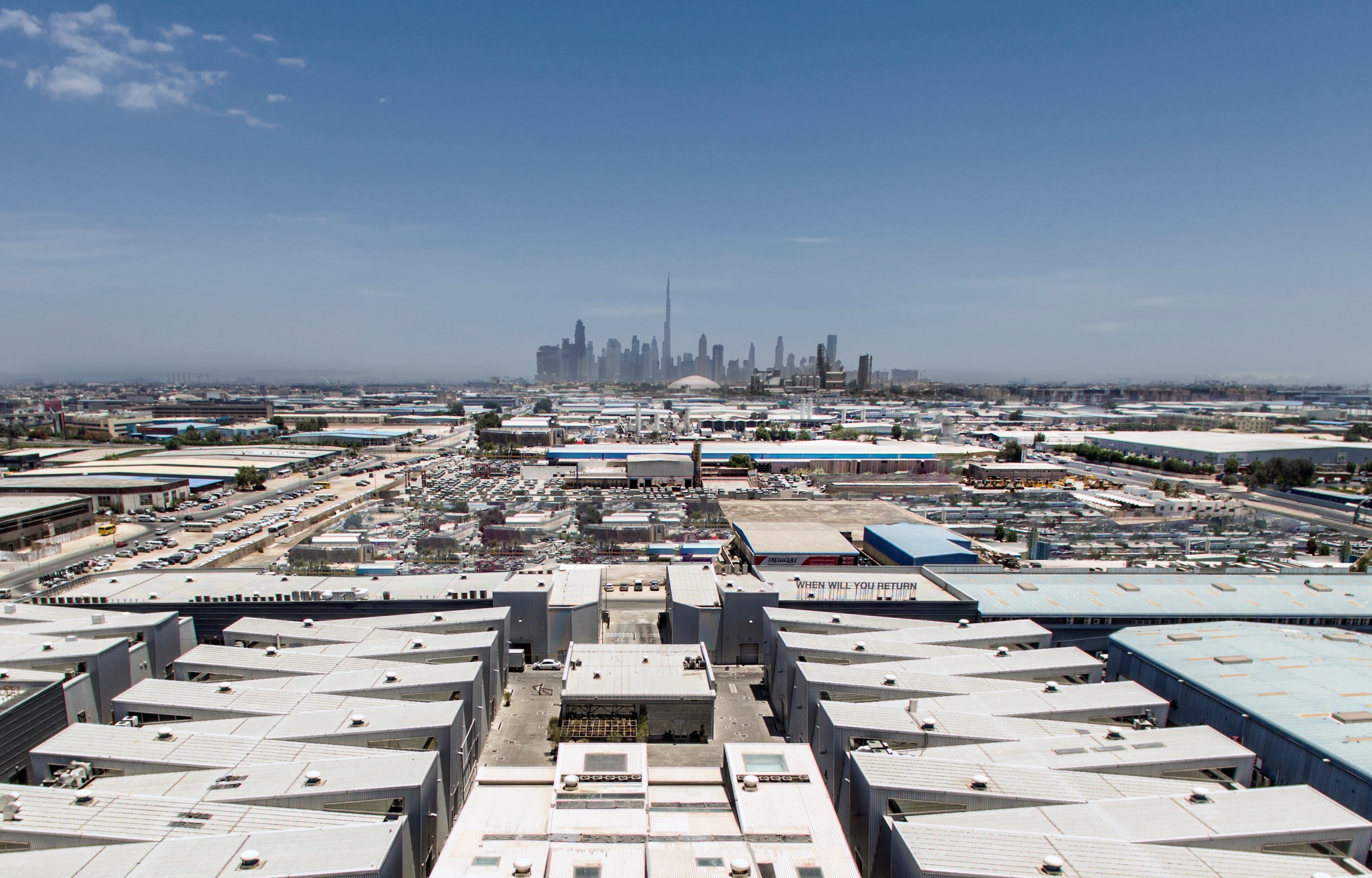 Design Miami announces Dubai collectible design platform in collaboration with Alserkal
Design Miami announces Dubai collectible design platform in collaboration with AlserkalThe new platform will honour the region’s cultural heritage while highlighting its spirit of innovation
-
 Four new keyboards are fresh and functional desktop companions
Four new keyboards are fresh and functional desktop companionsMechanical keyboards are all the rage, bringing with them new ways of personalising your desktop. We’ve found four devices that hark back to the early days of computing
-
 RBW EV brings a much-loved classic sports car aesthetic into the modern era
RBW EV brings a much-loved classic sports car aesthetic into the modern eraThe RBW Roadster and GT hark back to a golden age of sports car design. Under the skin, these British-built machines feature bespoke all-electric running gear
-
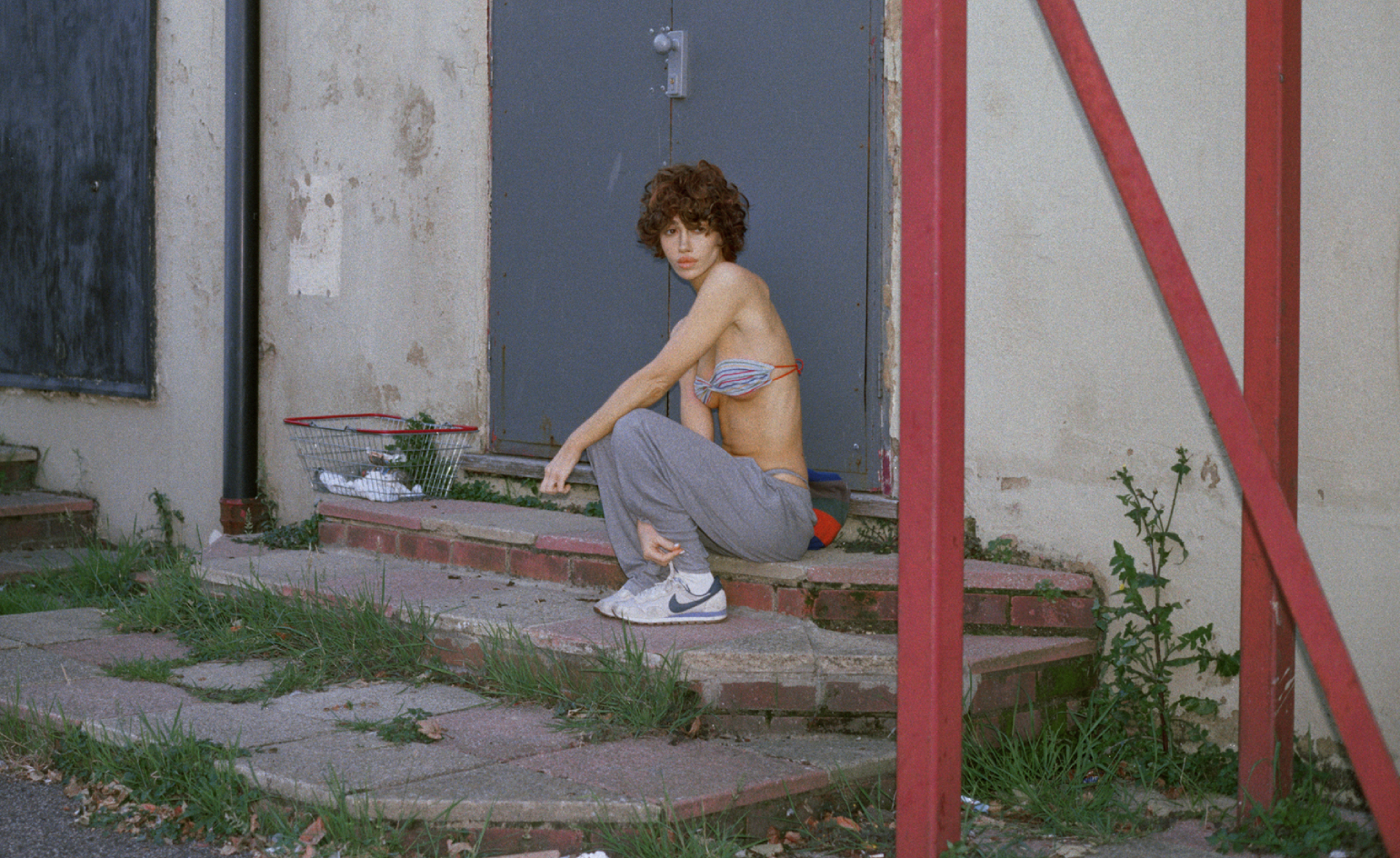 Nadia Lee Cohen distils a distant American memory into an unflinching new photo book
Nadia Lee Cohen distils a distant American memory into an unflinching new photo book‘Holy Ohio’ documents the British photographer and filmmaker’s personal journey as she reconnects with distant family and her earliest American memories
-
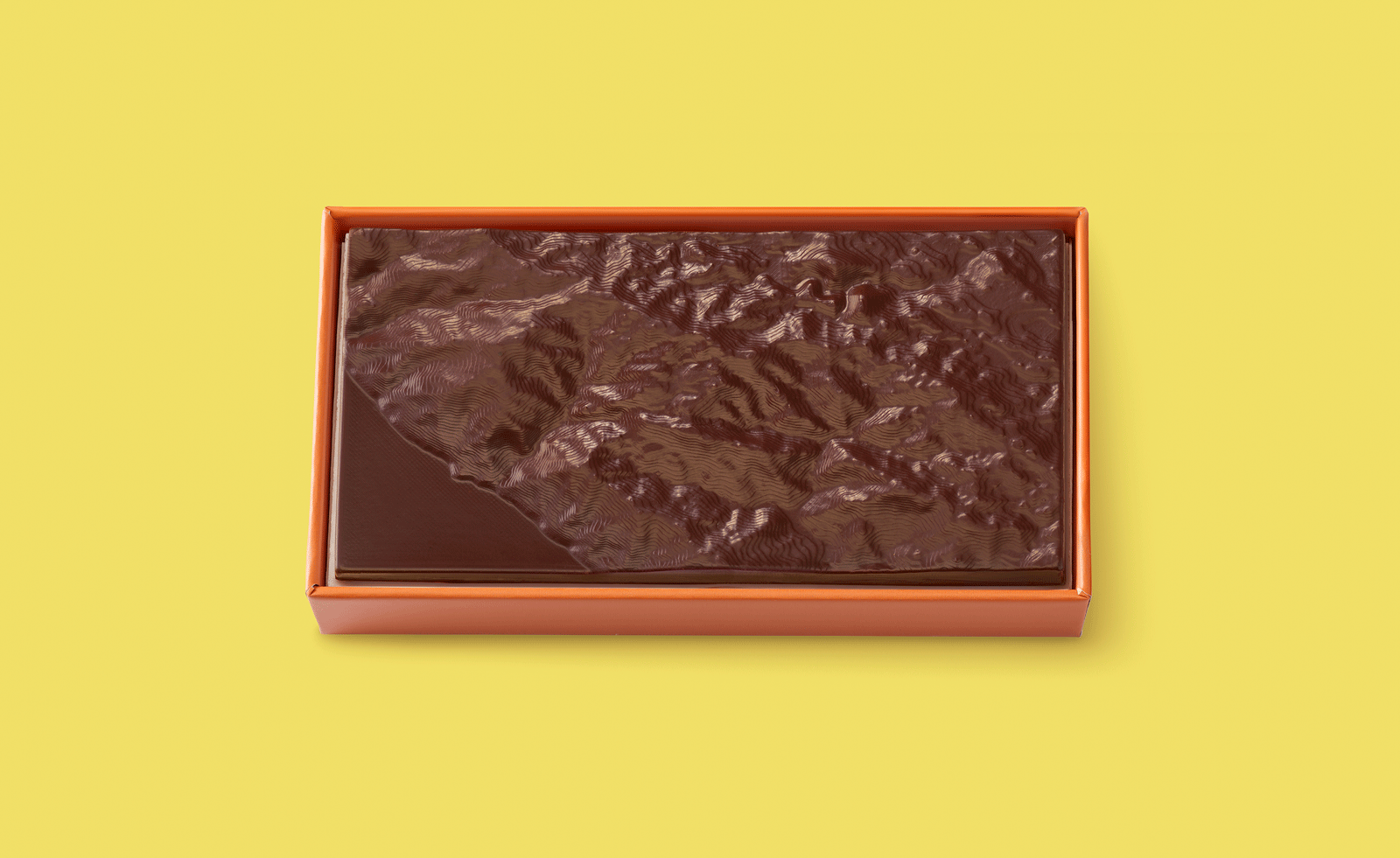 Ed Ruscha’s foray into chocolate is sweet, smart and very American
Ed Ruscha’s foray into chocolate is sweet, smart and very AmericanArt and chocolate combine deliciously in ‘Made in California’, a project from the artist with andSons Chocolatiers
-
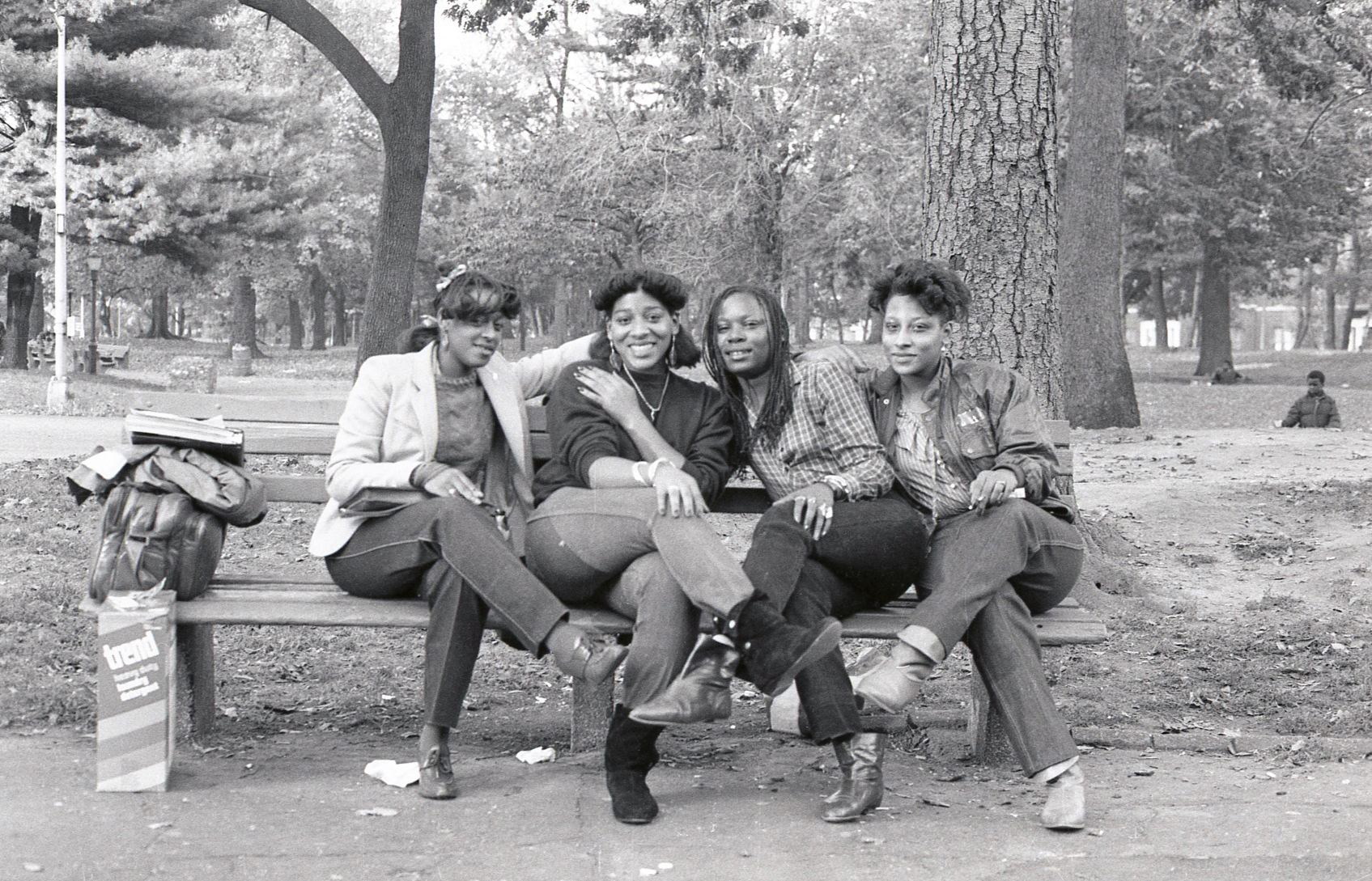 Jamel Shabazz’s photographs are a love letter to Prospect Park
Jamel Shabazz’s photographs are a love letter to Prospect ParkIn a new book, ‘Prospect Park: Photographs of a Brooklyn Oasis, 1980 to 2025’, Jamel Shabazz discovers a warmer side of human nature
-
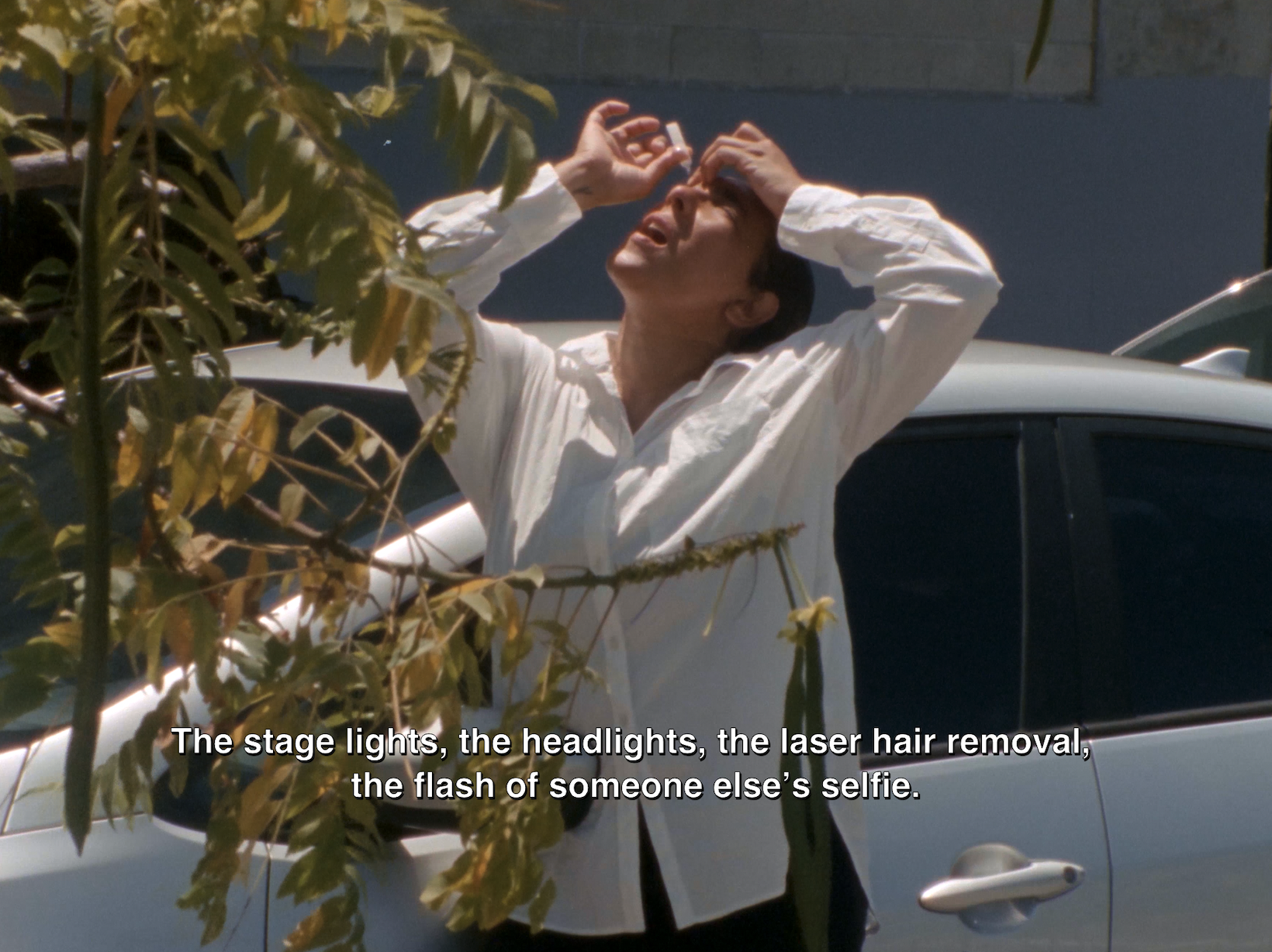 The Hammer Museum in Los Angeles launches the seventh iteration of its highly anticipated artist biennial
The Hammer Museum in Los Angeles launches the seventh iteration of its highly anticipated artist biennialOne of the gallery's flagship exhibitions, Made in LA showcases the breadth and depth of the city's contemporary art scene
-
 Thomas Prior’s photography captures the uncanny fragility of American life
Thomas Prior’s photography captures the uncanny fragility of American lifeA new book unites two decades of the photographer’s piercing, uneasy work
-
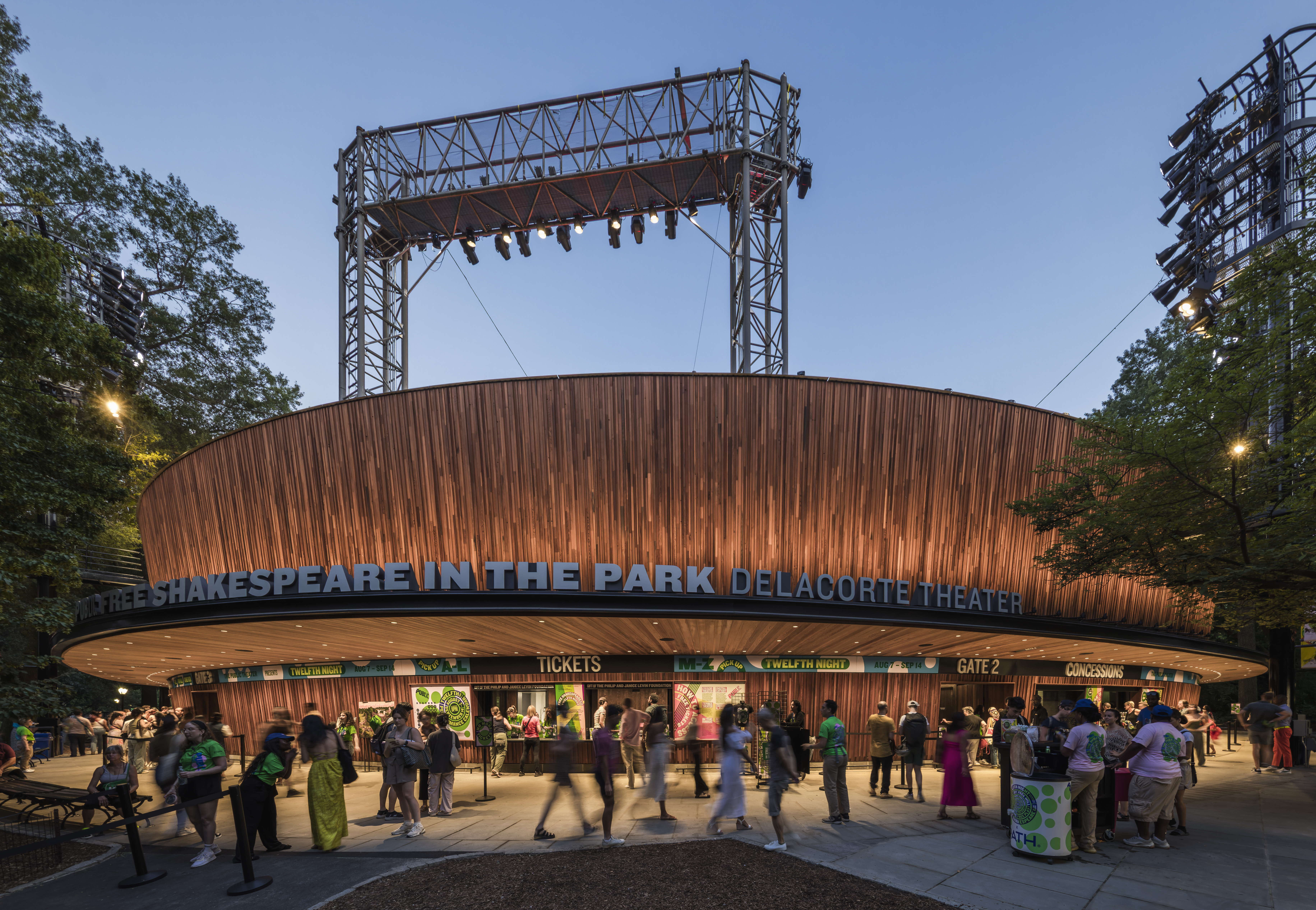 Central Park’s revitalised Delacorte Theater gears up for a new future
Central Park’s revitalised Delacorte Theater gears up for a new futureEnnead Architects helmed an ambitious renovation process that has given the New York City cultural landmark a vibrant and more accessible future
-
 Stephen Prina borrows from pop, classical and modern music: now MoMA pays tribute to his performance work
Stephen Prina borrows from pop, classical and modern music: now MoMA pays tribute to his performance work‘Stephen Prina: A Lick and a Promise’ recalls the artist, musician, and composer’s performances, and is presented throughout MoMA. Prina tells us more
-
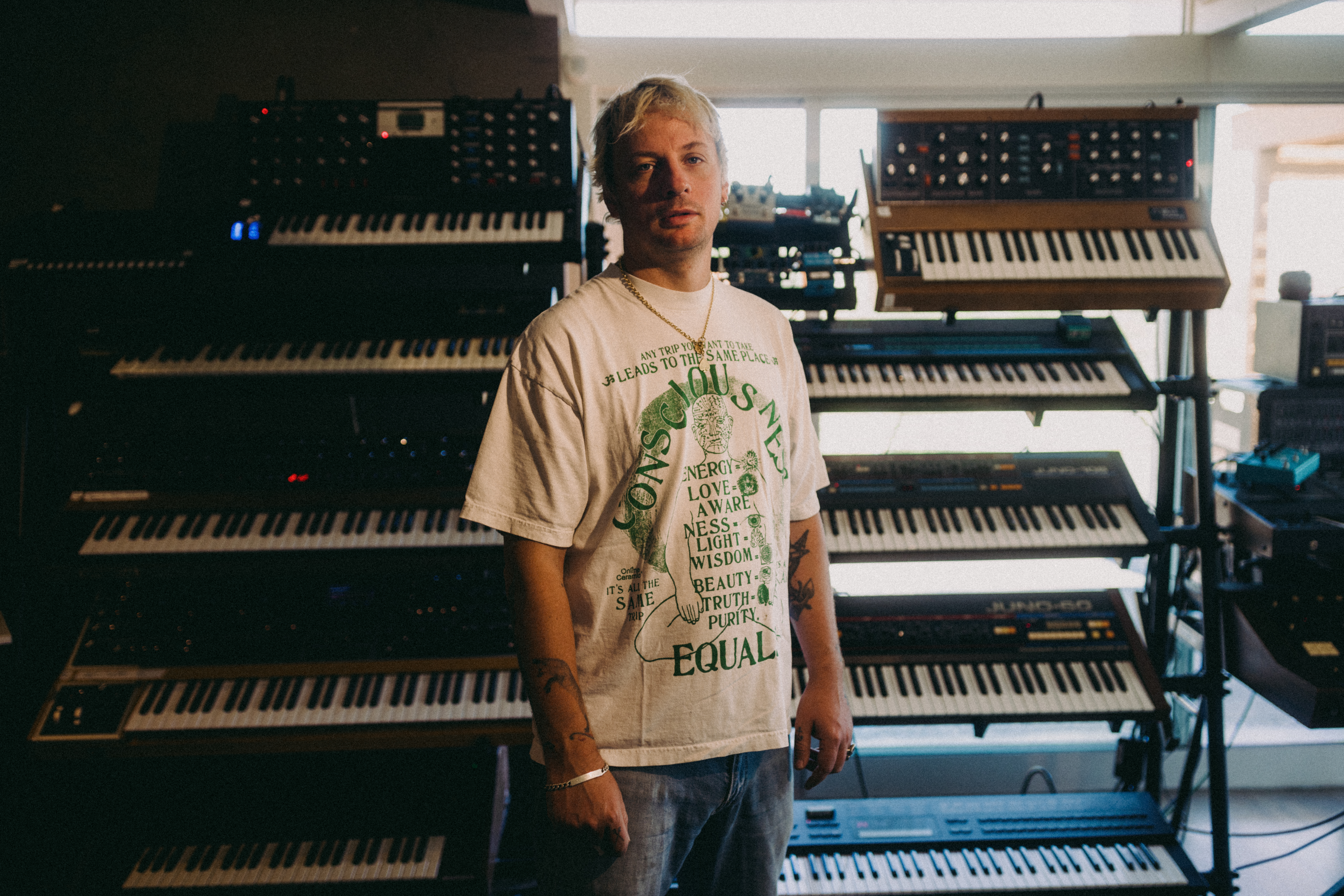 Curtains up, Kid Harpoon rethinks the sound of Broadway production ‘Art’
Curtains up, Kid Harpoon rethinks the sound of Broadway production ‘Art’He’s crafted hits with Harry Styles and Miley Cyrus; now songwriter and producer Kid Harpoon (aka Tom Hull) tells us about composing the music for the new, all-star Broadway revival of Yasmina Reza’s play ‘Art’